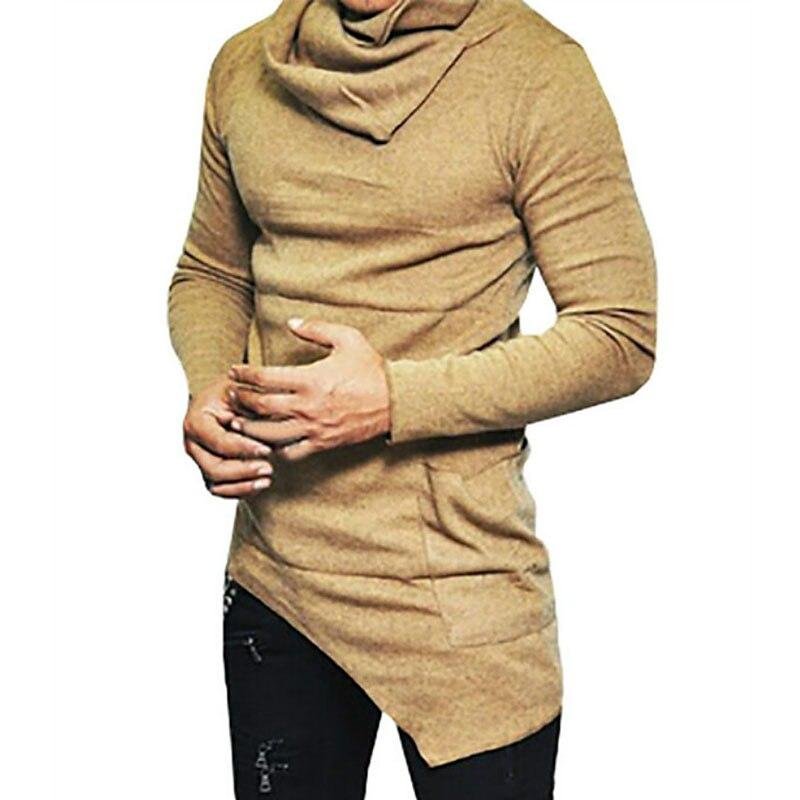Tag 1: Fashion Trends
Tag 2: Clothing Evolution
Tag 3: Societal Impact
The fashion industry is one of the most dynamic and ever-changing industries in the world. From clothing designs to trends, it constantly evolves to reflect new cultural influences and societal attitudes. Over time, clothing has become more than just a basic necessity; it’s now a form of self-expression and identity.
Clothing has evolved significantly over centuries, from being purely functional to incorporating elements of artistry and style. In ancient times, people used animal skins or plant fibers to protect themselves from harsh weather conditions. As society developed, so did clothing styles – reflecting different cultures, beliefs, wealth status, and even political statements.
In the early 20th century, designers like Coco Chanel revolutionized fashion by introducing comfortable yet stylish clothes for women. This marked a pivotal point in the evolution of clothing as it challenged traditional notions of gender roles and paved the way for modern fashion trends.
Fast forward to today’s digital age; technology plays an essential role in shaping fashion trends. Social media platforms have made it easier for individuals to share their personal style with others instantly – thus influencing mass-market choices.
Another significant trend that has emerged is sustainable fashion – promoting environmentally friendly practices throughout the production process. With growing concerns about climate change and environmental degradation caused by fast-fashion consumption habits, consumers are becoming more conscious about where their clothes come from.
Moreover, there’s also been an increase in inclusivity within the fashion industry – breaking away from outdated beauty standards which previously dominated mainstream media. Many brands are now focusing on diversity representation through models with diverse body shapes/sizes/cultural backgrounds/body abilities/gender identities/ages/etc., making room for everyone at the table when discussing current fashion trends.
Apart from shaping individual identities, clothing also has a significant impact on society as a whole. Fashion has the power to bring people together and bridge cultural gaps – through clothing choices, individuals can express their appreciation for other cultures, promote inclusivity and diversity.
However, fashion’s downside is its contribution to consumerism, materialistic culture, and unrealistic body image standards. The constant pressure for individuals to keep up with ever-changing trends may lead to overspending or feelings of inadequacy in those who cannot afford designer clothes.
In conclusion, the evolution of clothing has gone beyond mere functionality; it reflects our values, beliefs, and societal changes. From ancient times to modern-day fashion trends – one thing remains consistent: the importance of self-expression through personal style. As we move towards a more inclusive and sustainable future in all aspects of life, let us remember that our clothing choices have an impact not just on ourselves but also on society as a whole.
